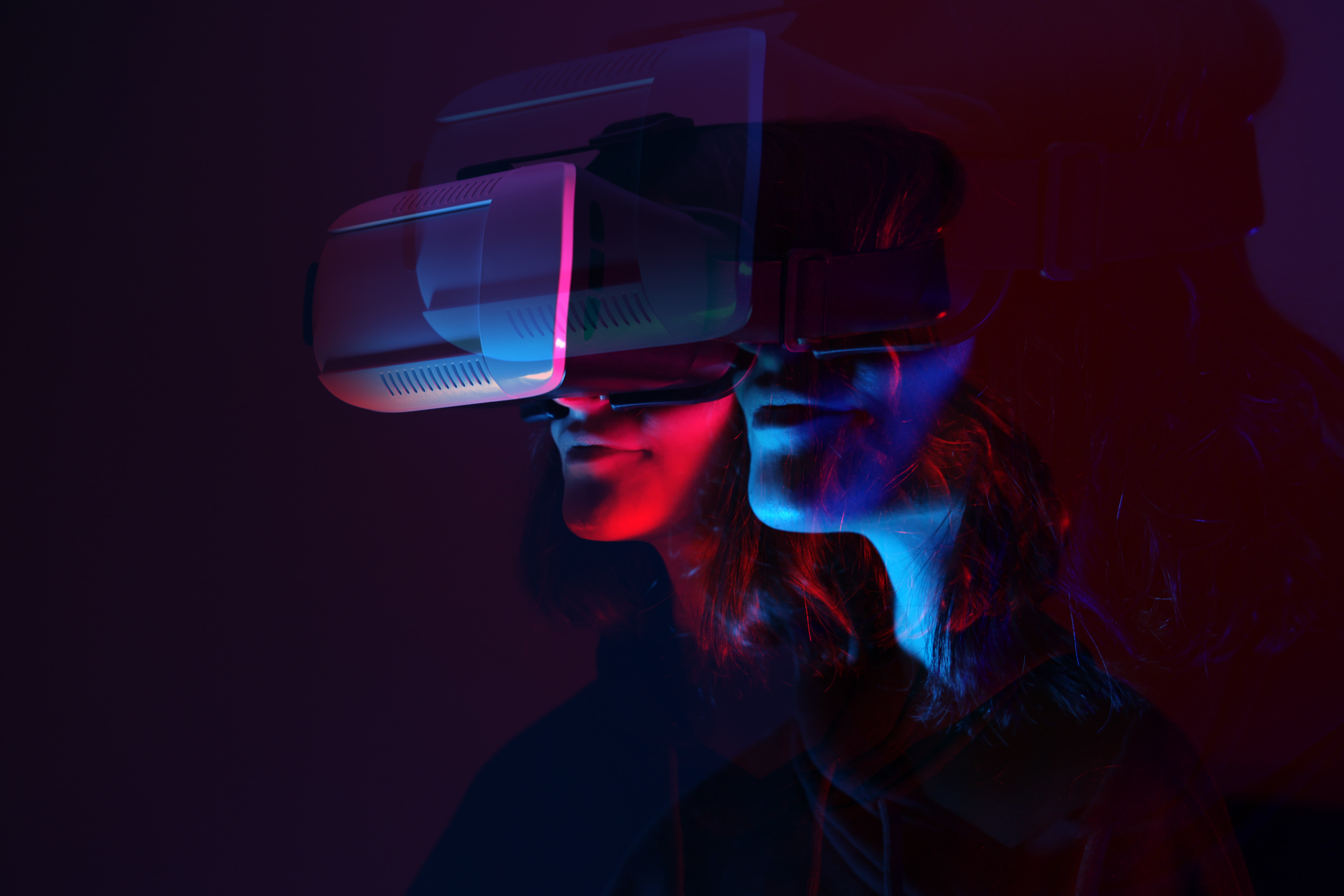In 2018, Zhangjiang Lab's Brain and Intelligent Technology Research Institute and UIH served as the lead organizations to officially kick start the China Brain Atlas Research Innovation Platform Project, in partnership with four top research institutions in China: Shanghai Jiaotong University, Huashan Hospital affiliated to Fudan University, Zhongshan Hospital affiliated to Fudan University, and the Second Hospital affiliated to Zhejiang University's Medical School.
Consisting of an international advanced "multimodal brain imaging equipment platform" and a "human brain atlas data service platform", this project aims to provide key technical support for scientists to plot brain atlas and build a big database. The equipment platform of the project is based on a series of research facilities independently developed by UIH, including the world's first 5.0T ultra-high field MR, international advanced high-performance 3.0T MR, integrated PET/MR, and advanced brain function research application and post-processing software, while the data service platform establishes a set of standardized brain atlas analysis processes with the help of UIH's intelligent AI technology.
In September 2020, the "China Brain Atlas Research Innovation Platform" was officially launched. Zhang Xu said: "The newly launched platform is internationally advanced, with its own characteristics. This is of great significance for establishing higher quality and more accurate brain atlas and making new discoveries in brain research."
In the future, doctors and scientists will be able to capitalize on the expanding brain atlas data to carry out a series of research and exploratory activities centering around brain health, brain development and brain aging, achieve the early diagnosis and lesion prediction of various major brain diseases such as childhood autism disorder, adult depression and senile degenerative diseases, as well as the implementation and evaluation of new personalized therapies.
With the help of the brain atlas as a "navigator", clinical staff can turn themselves into "explorers" in frontier research fields, open a magic channel to the Metaverse.

